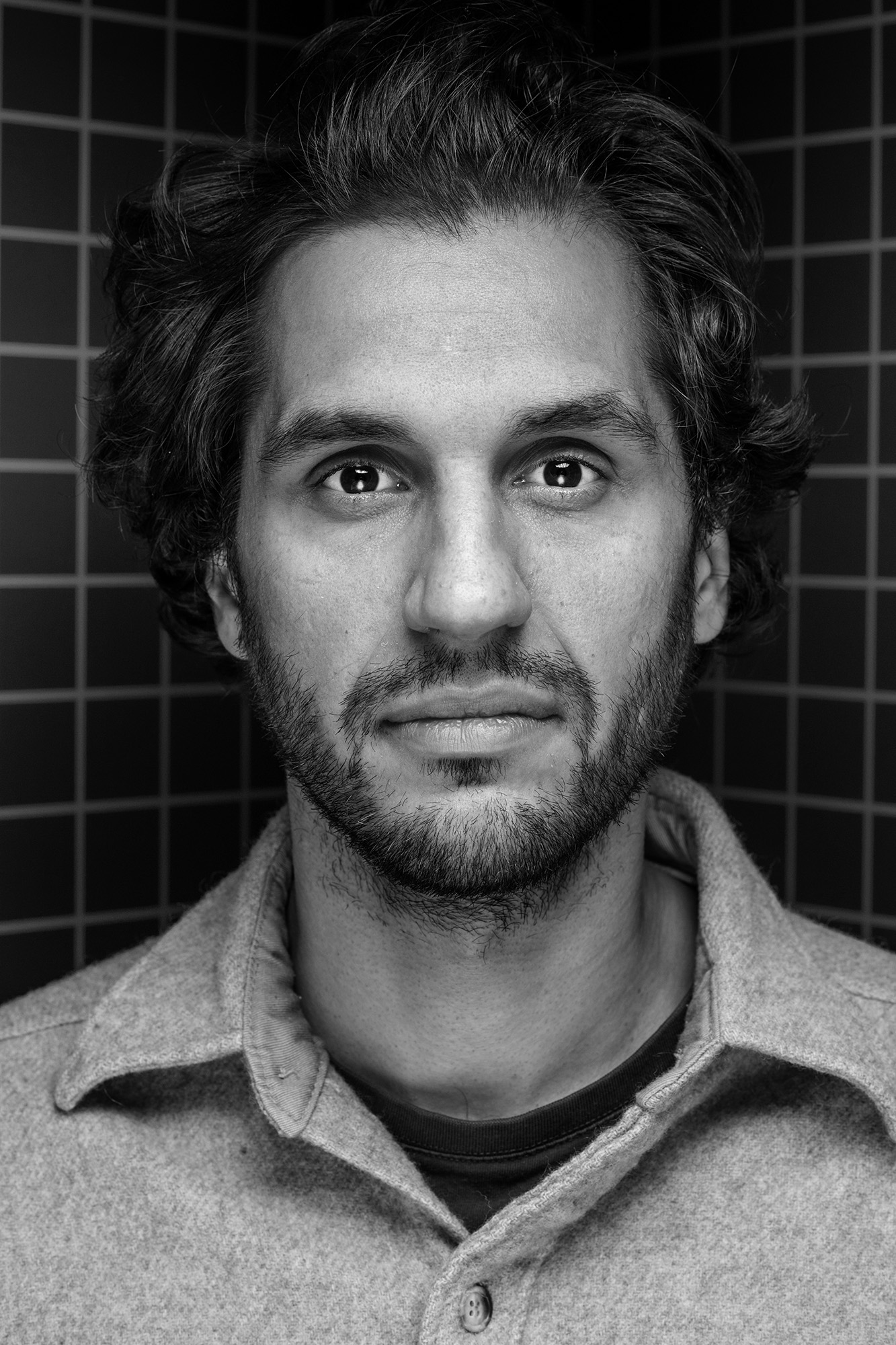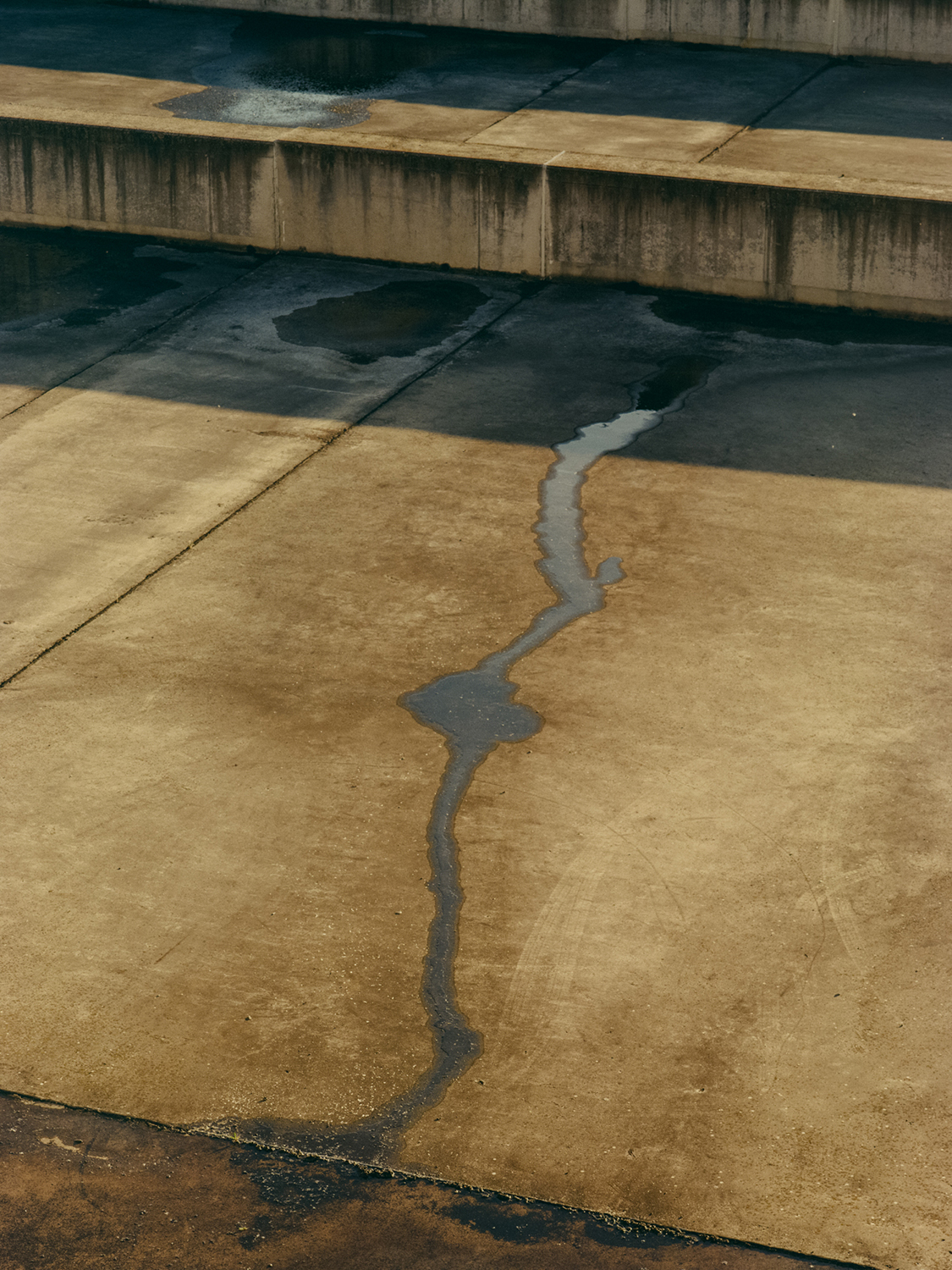
Artist

Emilio
I'm a photographer based in Brussels. After a stint at the École Nationale Supérieure de Photographie in Arles, France, I have developed my practice with the support of various art institutions, including Wiels Contemporary Art Center, Musée du Quai Branly in Paris, Centre photographique d'Île-de-France, FOMU in Antwerp, and Institut Fondamental d'Afrique Noire in Dakar.
My work operates at the crossroads of official history, erased memory, and personal narrative, exploring the ecological, social, and spiritual transformations that marked the Brazilian Amazon at the turn of the 20th century. Through my practice, I examine the philosophical and phantasmal framework that sustain the ideals of discovery, conquest, and supremacy central to Western modernity, offering a subtle yet incisive reflection on their enduring impact.
Rondônia
At the beginning of the 20th century, the commission led by Marshall Cândido Rondon travelled through the western Amazon basin in northwest Brazil. The expedition, whose mission was to set up telegraph posts and lines in the Amazon rainforest, mapped the region and made contact with isolated indigenous groups. As part of this project, scientific and ethnographic documents were produced, including photographs that are now part of national and foreign archives. Through its engineering, appropriation and cartography operations, the commission produced a number of framing methods: not only images but also an imaginary of the “distant” Brazilian west. It also set the rules for a game, designating who did the recording, who was to be registered or caught on camera, and how.
In the following century, the assimilation of this territory would occur through a logic of relentless framing, far beyond the first photographs and the Cartesianism of telegraph lines. Attempts were made to frame the reality of the forest according to the ideals of progress, reproducing Western power relations as much as its extractive forms of production. The region is part of the “Arc of Deforestation”, the focal point of environmental destruction, almost entirely depleted of natural resources. The layout of the old telegraph line corresponds today to a road where meat and soy processing factories abound. But it is not solely large-scale industry that bleeds the rainforest dry. It is also the very small habits around it: the outdated gender inscriptions, the attempts to reframe an unstable and dynamic landscape as a conspicuously familiar image. After all, a place is truly depleted when its memory remains distant while its future is a projection in which the map coincides precisely with just another territory to be conquered.
The format hasn’t changed since the magazine’s inception in 2012. However, the project's scope has expanded significantly – .tiff has evolved into a platform, offering a year-long trajectory of presentations, conversations with experts, and exhibitions. FOMU leverages its extensive network, expertise and resources to stimulate the artists' artistic practices and personal visions.
The selection process involves reaching out to professionals in the Belgian photography scene, as well as to previous participants. This results in a long-list encompassing a diverse range of backgrounds. For this edition, FOMU departed from its usual practice and solicited the expertise of 3 external jurors: Sorana Munsya, independent curator; Anna Planas, artistic director of Paris Photo; and Max Pinckers, .tiff alumnus and artist. Together, we carefully curated a diverse group of artists, always mindful of whether the participants would benefit from our support at this particular juncture in their careers.
This 11th edition of .tiff marks a new beginning with a fresh design, while it also safeguards its strengths. Throughout the years, .tiff has fostered a thriving Belgian photography community that transcends language barriers, enabling rich exchanges of ideas between artists, curators and critics. The current selection exemplifies the continued growth of this community, and Belgian photography’s ability to reinvent itself year after year.

































